What Dosa, an Indian restaurant, taught me about cooking Indian food
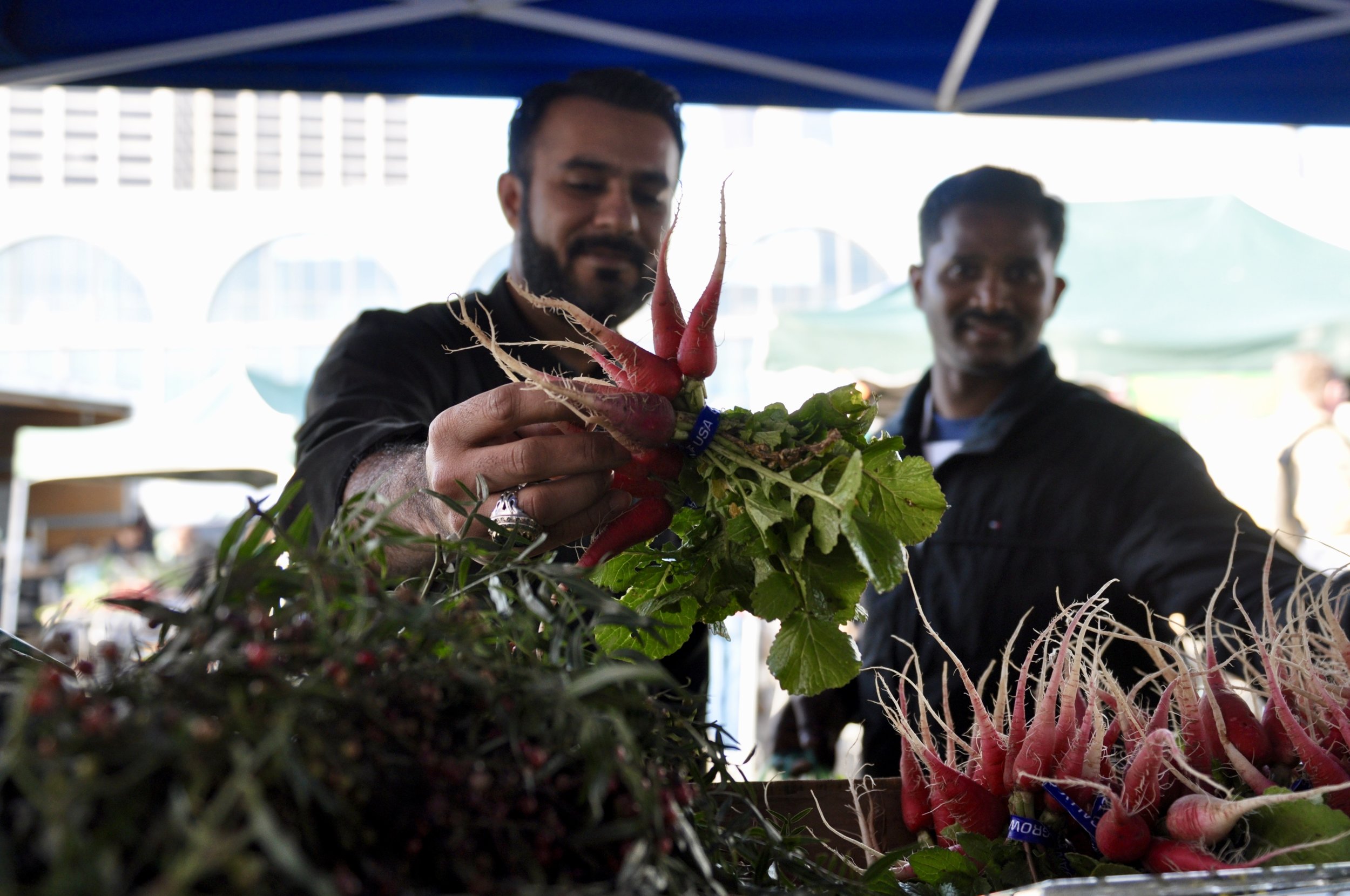

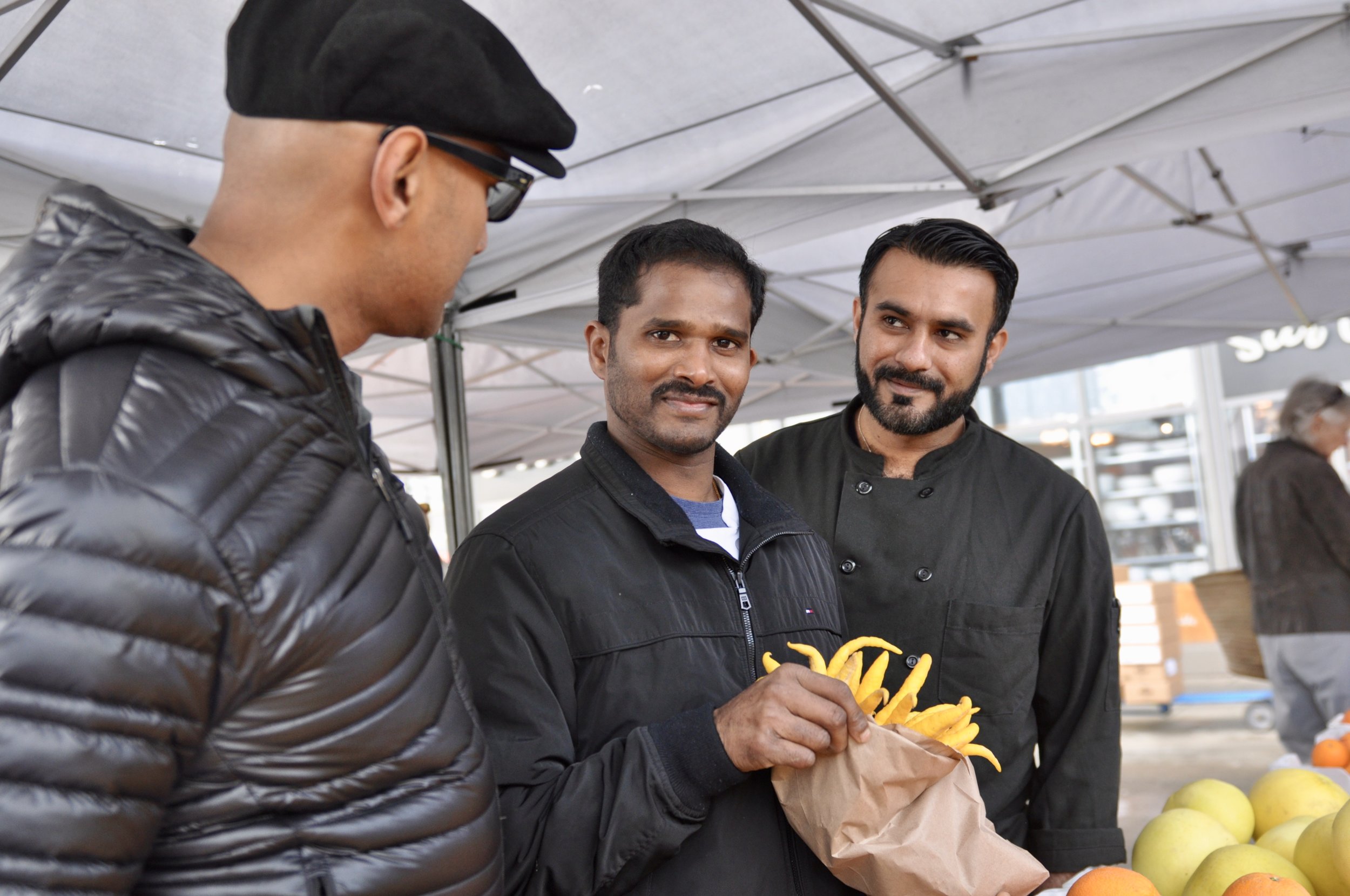
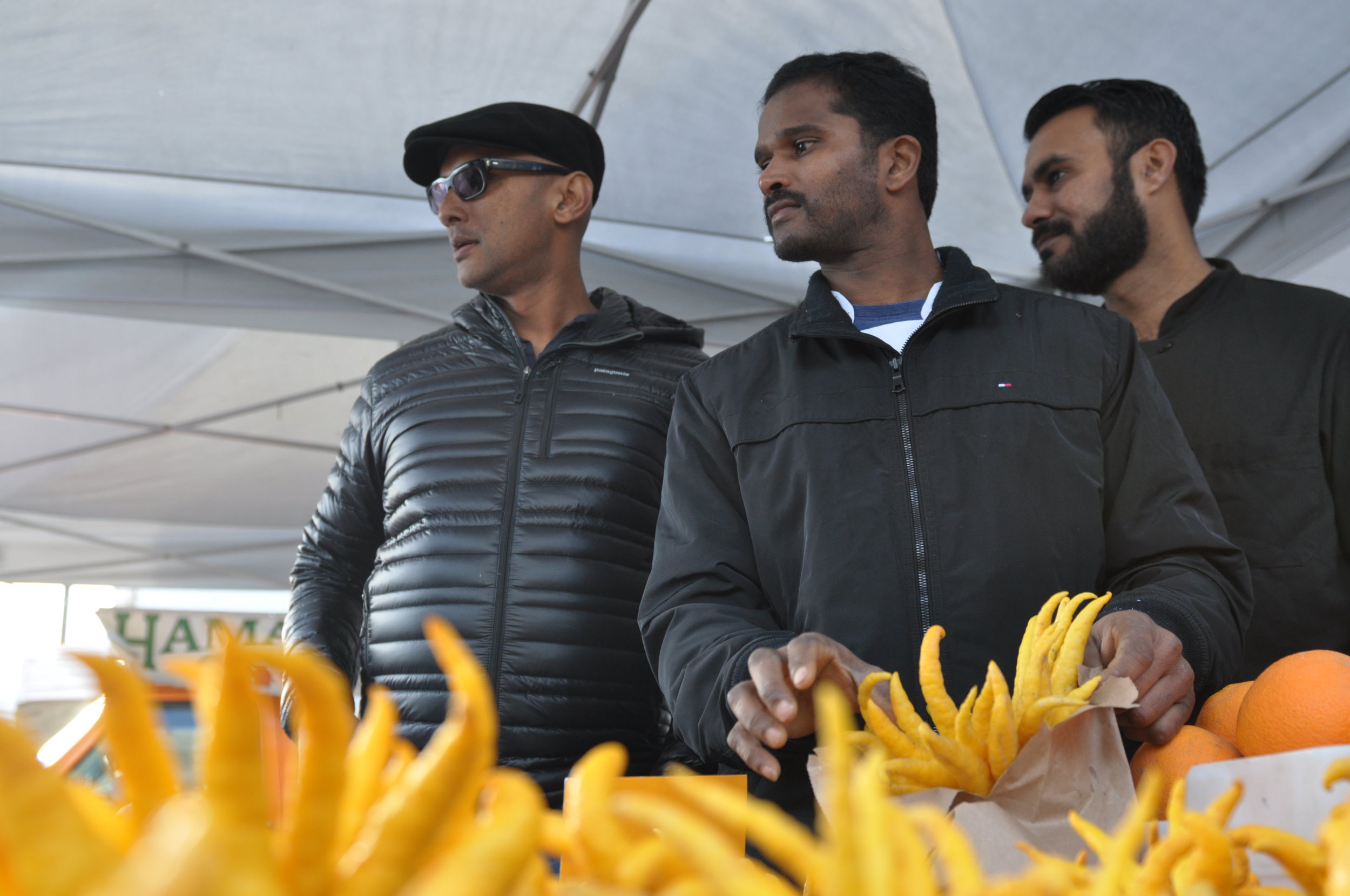
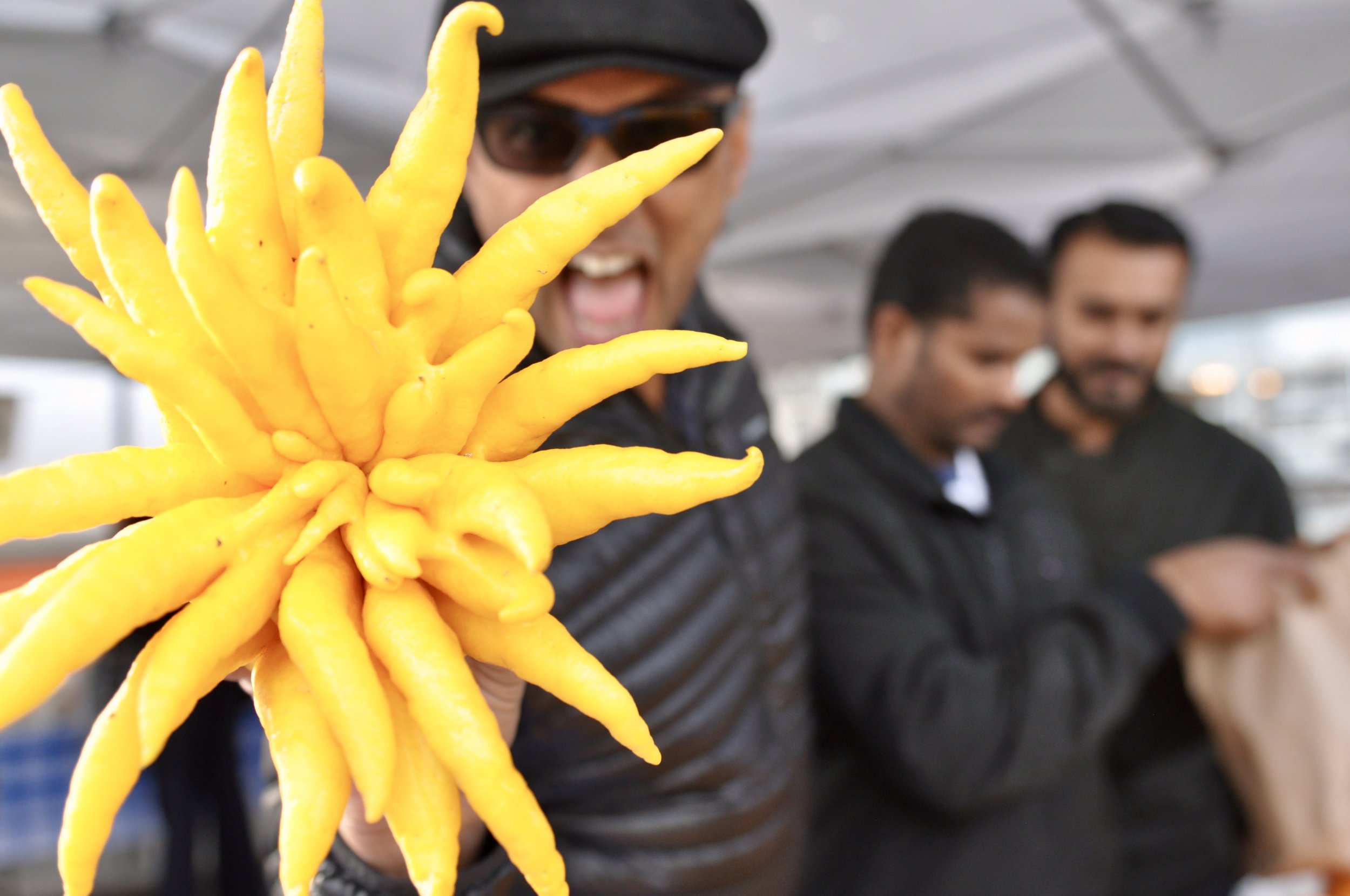

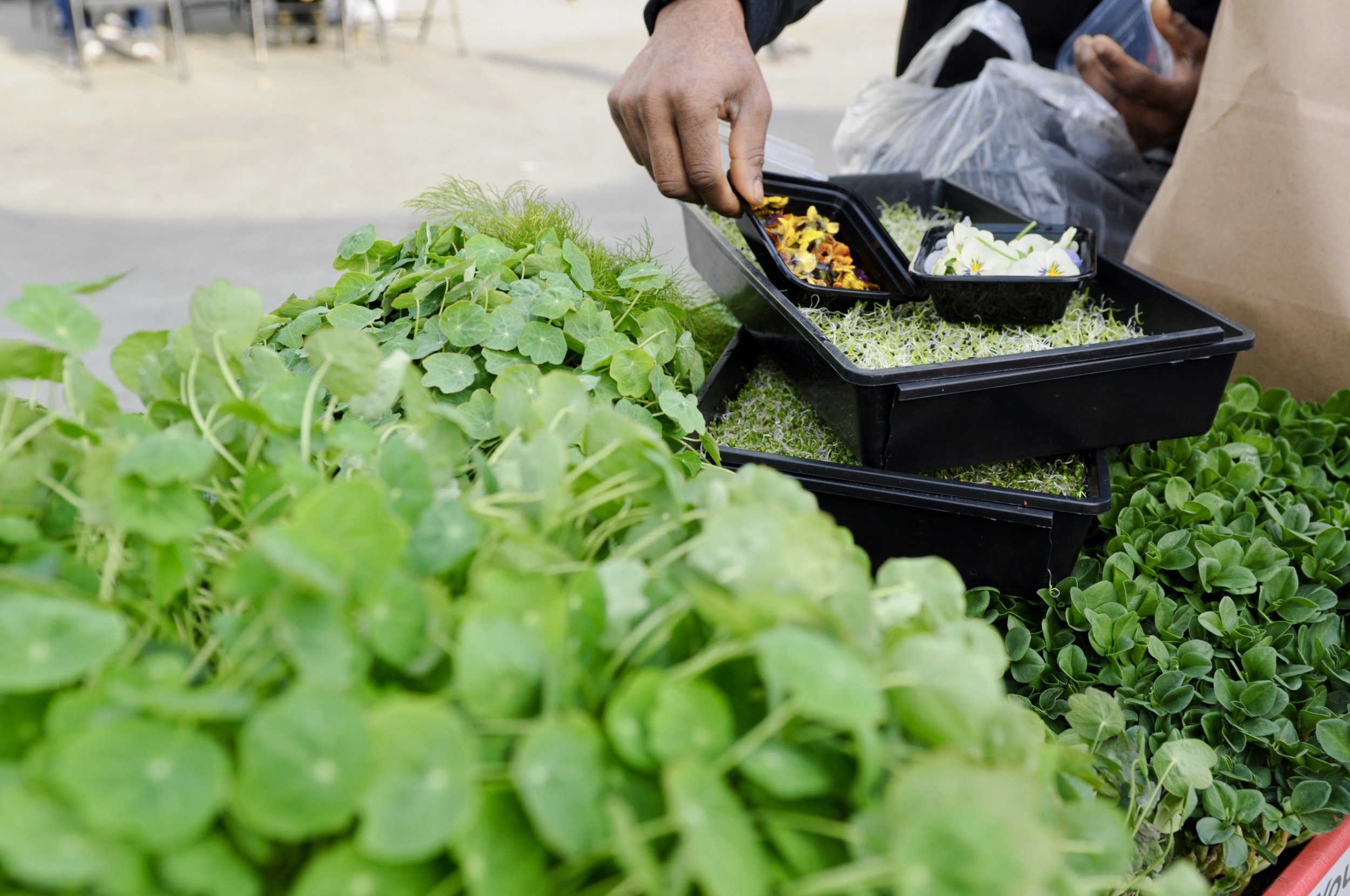

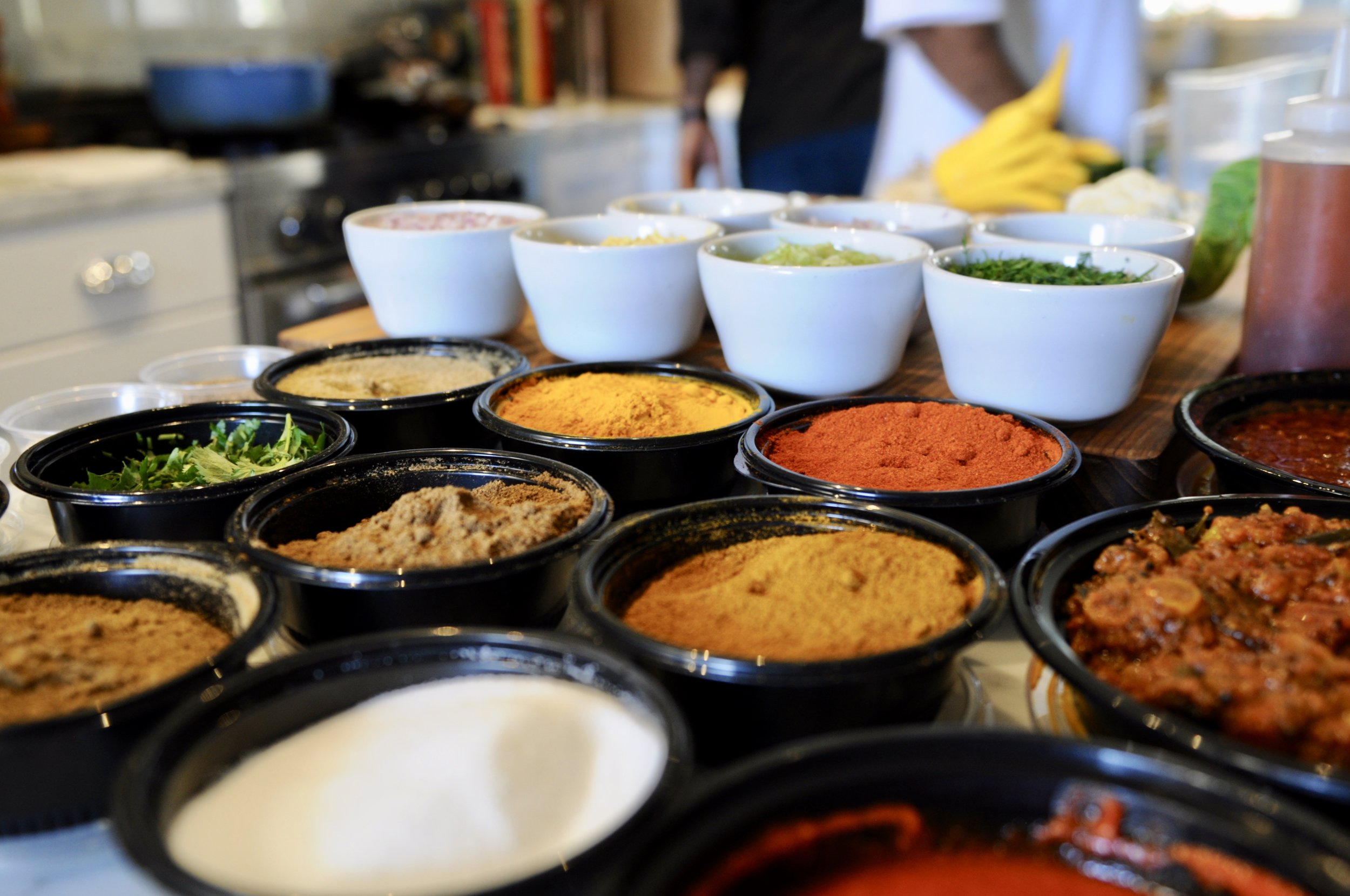
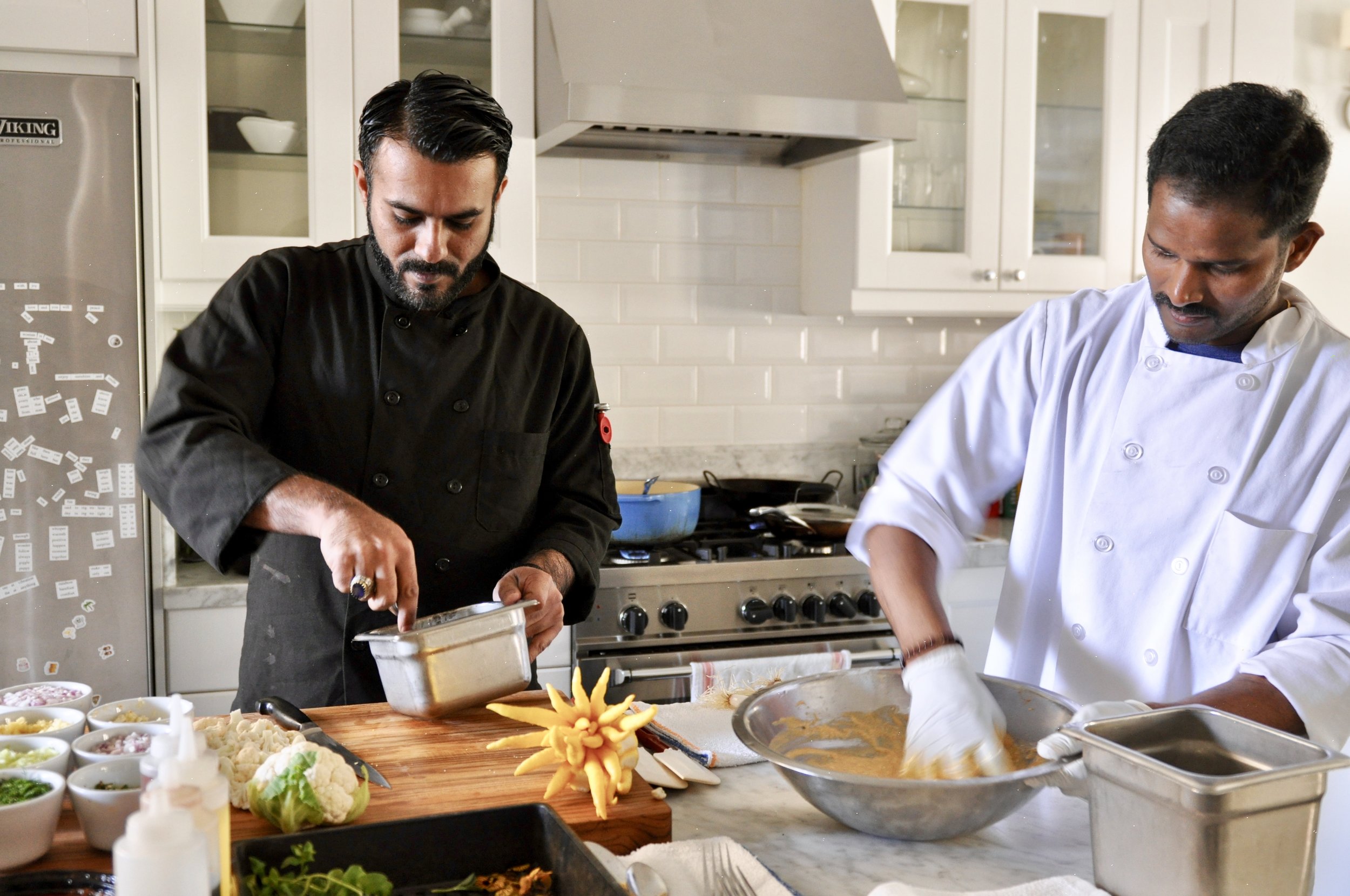
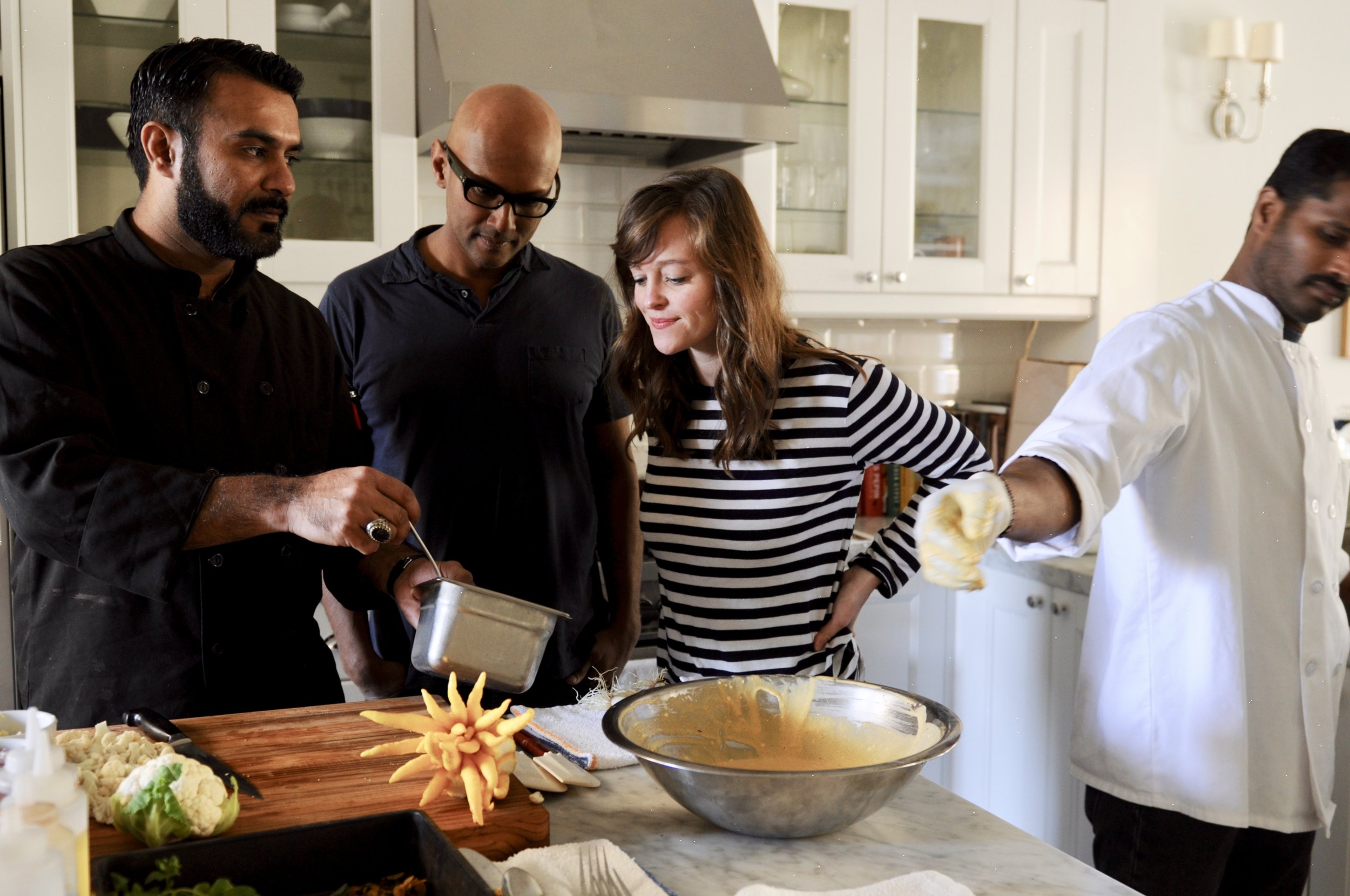
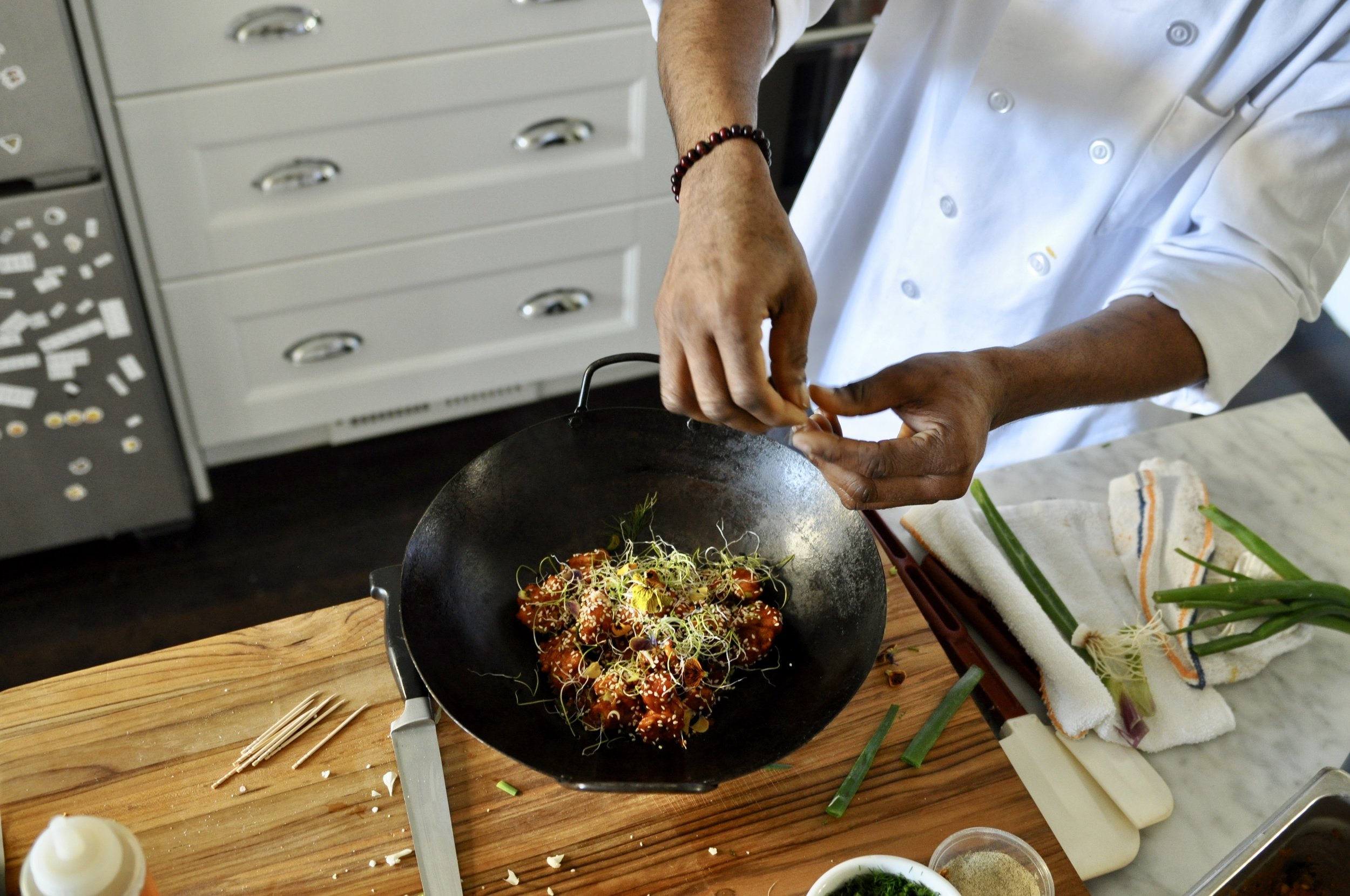
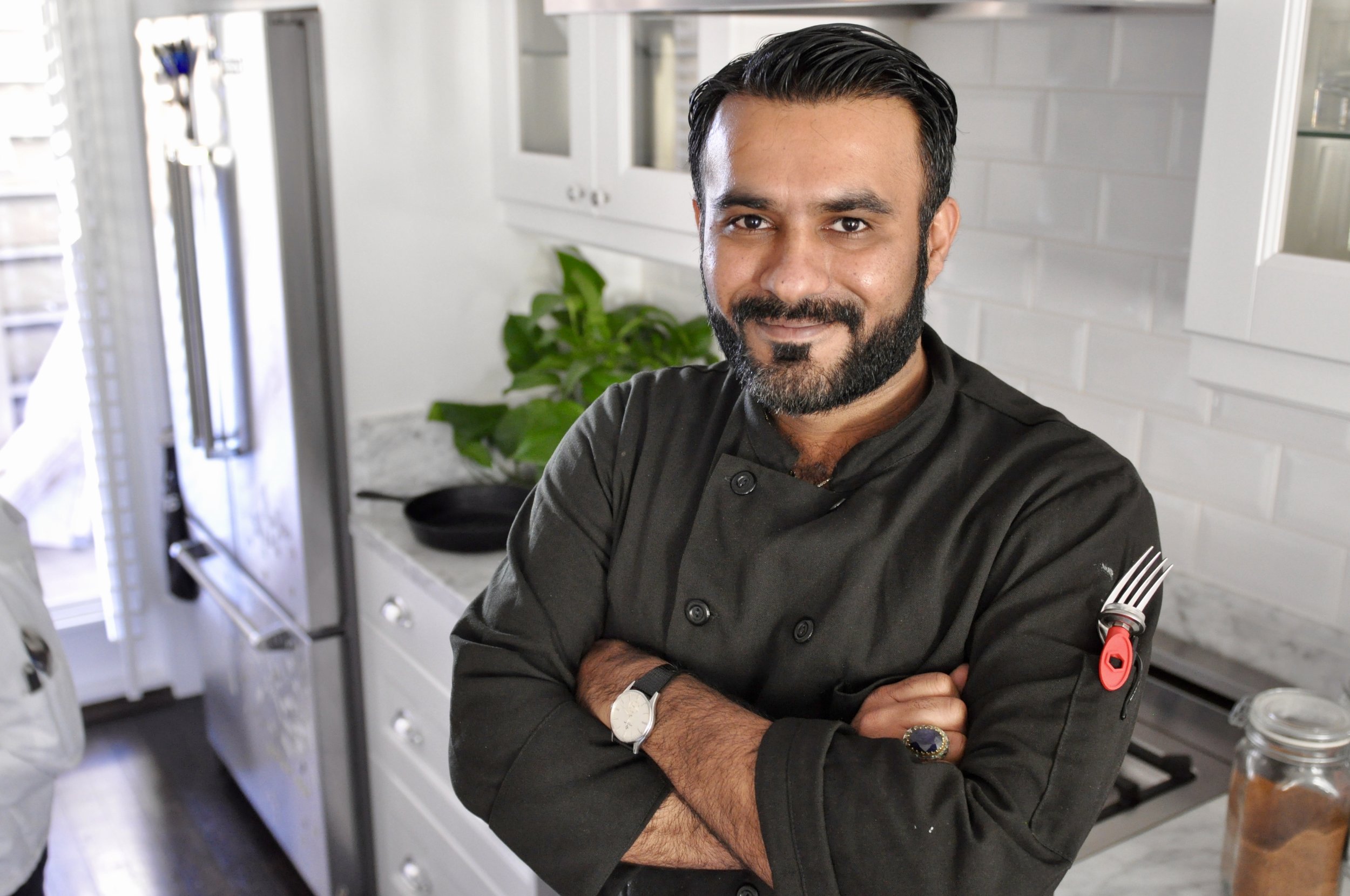
If I’ve learned one thing about Indian cooking from marrying into an Indian family, it’s this: Indian food is best when made by an Indian person.
Throughout the past five years, I’ve peeked in on multiple aunty’s kitchens to get a glimpse into their cooking process. I’ve begged for brief lessons and recipes which, like most great cooks, they have trouble writing down. We’ve talked about how ingredients, sequence and timing all play an important role, and have been through the discussion on how vastly different Indian food is depending on what region of the country you’re from.
But still, when I make the things they've taught me, it doesn't turn out quite as I expect. Instead, it's something uniquely mine, even though I'm trying do something I think is authentically Indian. And up until now, this bothered me.
Through lots of practice, I’ve finally managed to nail down my own hubby-approved version of palak paneer and baingan bharta, among a few other (truly simple) dishes. But if I’m whipping up something on the fly, it’s anyone’s guess how it’ll turn out. And I think it’s because there’s so much that goes into each dish, and finding the appropriate balance of flavors is an essential tool that Indian cooks, through generations of practice and teaching, have been able to perfect.
There’s no one who seems to understand this better than Dosa owner Anjan Mitra. A native of Bombay, whose mother is from Delhi and father is from Singapore, Anjan and his American wife set out to bring an “elevated” form of South Indian food that — at the time of opening — was unlike anything else in San Francisco. With over a decade in business, Dosa been able to withstand the test of time by staying true to the traditions of what makes great Indian food, while seamlessly incorporating California ingredients and adapting to changing times. He has made food that is uniquely his — and it works.
A "street food" party spread at Dosa.
Until recently, Dosa was one of the only great Indian restaurants in San Francisco. I still remember the first time K and I discovered the Fillmore location shortly after moving to the city. With our hands, we dug into the soft and sour idli sambar and tore into the fully loaded masala dosas that didn’t hold anything back on spice. It’s the first place we thought to take my in-laws when they first visited us here. And it’s the only place we considered when looking for a venue to throw our traditional baby blessing ceremony (the Indian version of a baby shower) that family members from all over the country flew in to be a part of.
So, naturally, when I was looking for inspiration on cooking Indian food, I turned to Dosa. I wanted to catch up with the chefs to see what they’re doing differently and what has been important to keep the same. I wanted to know what they think are the essential elements of Indian cooking that mustn't be messed with, and what’s okay to tweak.
Anjan, the charismatic and enthusiastic sweetheart that he is, invited me along for an entire day with his two head chefs, Ali and Kumar. Together, we went on a tour of the Ferry Building Farmer’s Market, where we scoured produce and picked out some fresh ingredients to take home. In my kitchen, we then cooked up a variety of dishes, including a homemade paneer, a seasonal raita and a gobi manchurian, which was a special dish in celebration of the Chinese New Year.
Dosa Chef Kumar goes to the farmer's market on a regular basis to incorporate seasonal ingredients on the restaurant's menu.
Throughout the whole process, it was evident how much cooking Indian food means to Anjan, and how devoted his chefs are to doing it right, while being flexible to introducing new ingredients and seasonal flavors.
Anjan, who grew up learning how to cook from his mother at home, said the most important thing he ever learned was how to balance spices and introduce ingredients at the right time. “There’s the way you caramelize the onions, then the ginger and garlic, before introducing anything else,” he said. “Then you have to take about 15 spices and combine them in just the right way to make sure one doesn’t overwhelm the other… But sometimes you can use five spices and that’s just as effective as using 20.”
We talked about how going to the farmer’s market daily to get fresh ingredients is considered a very “California thing,” but it’s how India has been doing things for centuries. Until very recently, it was hard to find a grocery store anywhere in the country. Most produce still comes directly from the farm on trains and is bought home the same day to be cooked up the next before it goes bad.
Anjan said that in developing the menu for Dosa, it made sense for him to substitute some ingredients for things that he could find here and not get caught up in what people’s idea of “traditional” Indian food. He added that on his frequent trips back to Bombay, he has noticed that the food scene is changing dramatically. Like many other places around the world, food goes through cycles, things go in and out of fashion and you have to be willing to adapt with the times or get left behind.
The Dosa chefs came over to show me some cooking essentials in my home kitchen.
So, here’s what I took away from our experience together:
1. For starters, homemade paneer is the easiest thing you could make — not to mention the most delicious. Mark my words: I’m never getting the store-bought stuff ever again.
2. If you want to cook Indian food, you have to learn how to temper and balance spices. Tempering is the process of blooming your spices in oil before adding aromatics and then the main ingredient. This is easy to learn. Balancing is a skill you'll acquire after cooking many, many Indian dishes. Balancing flavors is essentially what makes Indian food so delicious. Balancing between sweet, savory and spicy, its textures combine creamy sauces with doughy breads, crips vegetables and tender meats. See, each spice serves a very specific role in the dish it's in, from the warmth of ginger to the tartness of tamarind to the freshness of cilantro. You have to use the rule of opposites attract, as it's the combination of these components that creates the foundation for your favorite butter chicken or chana masala.
3. Most dishes can be updated with a few new ingredients to transform into something seasonally appropriate and absolutely unique, like a dill raita we made that I had to stop my brother-in-law from inhaling, and then licking the bowl clean afterward. (I'm looking at you, Shoban).
4. Indian food can be on the light side, you just have to mix it up. If serving up an Indian dinner, toss together a light mung bean salad to go with the heavier mutton curry.
5. Indian food is constantly evolving, and there’s no one single way to make a dish. While there are traditional dishes that are perfect in their preparation, someone else might be doing it slightly different — and better.
6. And lastly, I confirmed that Indian food is indeed challenging for a white person who didn't grow up eating or cooking Indian food. It’s not impossible, but you have to be committed to doing a few steps, using a variety of ingredients and — if you’re as unorganized as me — making a bit of a mess while doing it. But no matter the result, it’ll be damn delicious — even if your Indian hubby always reminds you that it’s not as good as mom’s.
I'll be posting a few of the dishes that we made throughout the week, starting with this paneer:



